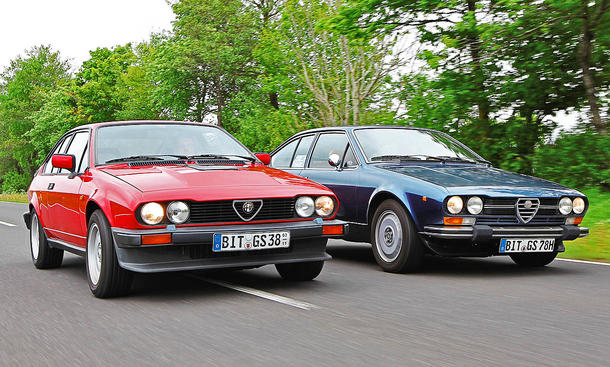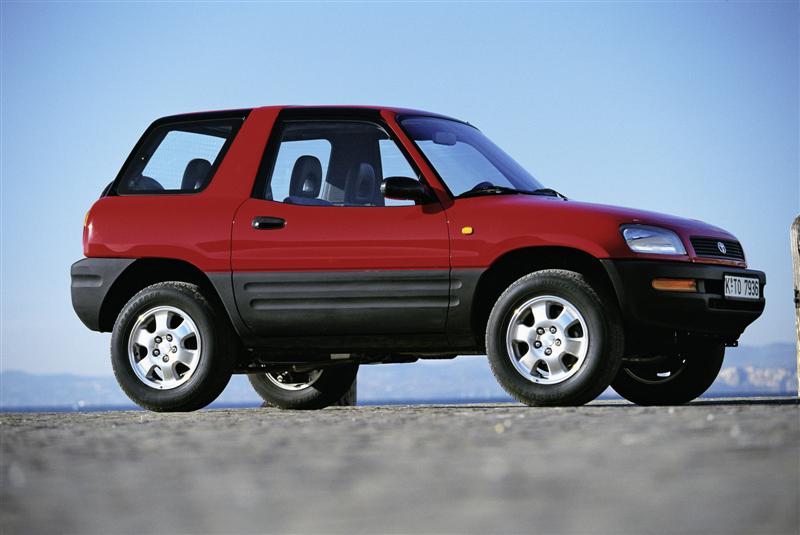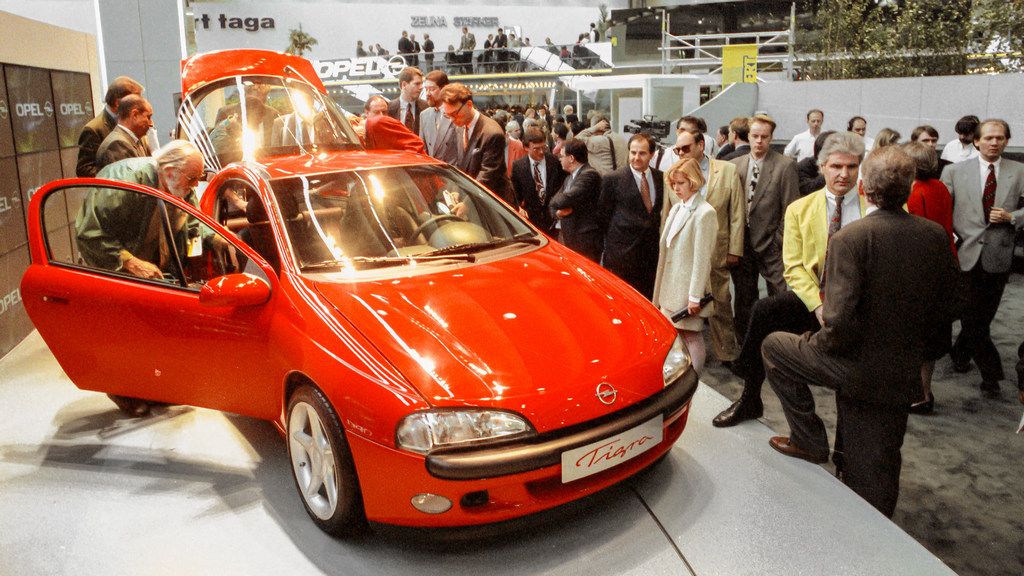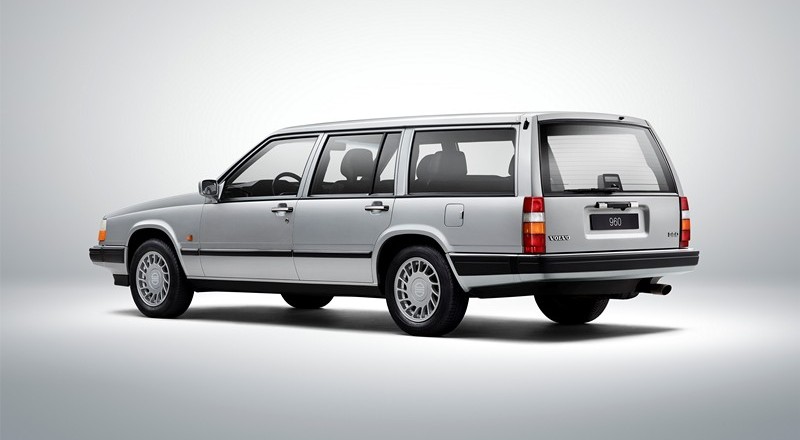
Three decades ago, in 1994, there were a wide variety of body concepts. It was the time of the first Toyota RAV4, the family vans, the classic convertibles, but also the heavy presidential limousines.
Cars manufactured at least 30 years ago in Spain, Germany, Finland, Switzerland and many other European countries are granted special privileges when registering them, provided they are in their original condition and in perfect working order – these are known as vintage cars.
This is the age limit that cars must exceed in order to be recognized as vintage cars and enjoy a range of amenities in most European countries, which otherwise have strict emissions requirements.
While it is confusing that a Volvo 850 or a Mercedes V 140 series will be driven as a vintage car, as vehicles of historical importance, as early as next year, these vehicles must first undergo a strict technical inspection and the license plate (in Germany, for example, it starts with an owner of this car.
Regardless of whether a country has special treatment for historic vehicles, people love these cars. The satisfaction is enough when you consider that the car was made 30 years ago.

The automotive scene at that time was characterized by a great variety of body concepts. New body types were constantly being developed and people loved them. For example, 30 years ago the first Toyota RAV4 appeared. The scene had not yet seen a car designed in such a way that was capable of driving off-road and having fun, but also suitable for daily driving in the city and on the road and had a nice look.
Eurovans from Citroen (Evasion), Fiat (Ulysses), Lancia (Zeta) and Peugeot (806) were also big sellers at the time. Today, all of these brands are united in the Stellantis Group. In 1995, they faced strong competition from the trio Volkswagen Sharan, Seat Alhambra and Ford Galaxy.
Renault still had an impressive and popular mid-range model, the Laguna. Audi launched the A4, with innovations in both design and technology. People could afford a small and stylish coupe in the form of an Opel Tigra. The first BMW 3 Compact (E36) also aimed to expand the market for the brand.

The world was excited by the Ferrari F355 and F512M. Porsche expanded the 911 series (993), BMW launched the first M3 convertible. The Volvo 850 T-5R was a slightly different “Swede”, fast and maneuverable.
Two tragedies occurred in motorsport. Three-time world champion Ayrton Senna, considered by many to be the best F1 driver in history, died at the race in Imona. Before that, during qualifying, Roland Ratzenberger died. The world was still in mourning when Michael Schumacher won his first championship that year, also as the first German, at the time still in Benetton-Ford.
Opel and Ford competed in terms of image with luxury models. This year, Ford changed the design of the Scorpio, and it was one of the biggest design sins. At the same time, the Opel Omega B came onto the market, which sold much better, but no one suspected that this famous model would also disappear from the scene after a few years. Lancia also promised a Gran Turismo in its most beautiful form with the Capa, but the model only convinced a few buyers.
Europe came together in 1994. The Eurotunnel between Calais in France and Folkestone in England was opened, Hungary applied for EU membership, the Austrians and the Swedes voted for their countries to join the Union.

The Volvo 960, with a six-cylinder under the hood and in service with the Swedish royal family, began to make a stronger breakthrough on the European market and found its way into the fleets of heads of state and business. The Swedish sedan, however, faced the powerful premium models with Ve-8 or Ve-12 engines from German and British brands. Jaguar and Daimler were to set new standards in luxury sedans with the X-J and the Double Six, but they only managed to do so in 10 Downing Street under the government of John Major.
The undisputed leader among luxury sedans was the Mercedes S-Class of the B 140 generation. Of course, it was the dream car of the then German Chancellor Helmut Kohl. In 1994, Stuttgart changed several lines of its flagship to give the body a more elegant look. The S-Class was opposed by the second generation Lexus LS. It is the year in which BMW also launched the third generation of the 7 Series (E38).
Audi did not rest either, with the first A8, with an aluminum body, 5.16 meters long – of course with quattro all-wheel drive.
The main cars on the streets were the new Volkswagen Polo, which in the third generation became larger than the Golf 1. Skoda redesigned its Felicia after the Volkswagen group. Hyundai Accent surprised with its qualities in the city class. Attention was drawn to the Mazda 323 F with a coupe rear.
The Subaru Legacy was on its way to becoming the best-selling 4×4 of all time. Toyota Celica Turbo 4WD triumphed as rally champion.
The part of the stage that evoked emotions belonged to the Alfa Romeo 145 and 146 designed by Ermano Cressoni and the Alfa Romeo GTV and Spider designed by Pininfarina.
It was the year of the convertibles: Fiat Punto, Peugeot 306, Mercedes E200 (W 124), Saab 900 Cabrio – truly historic cars.



